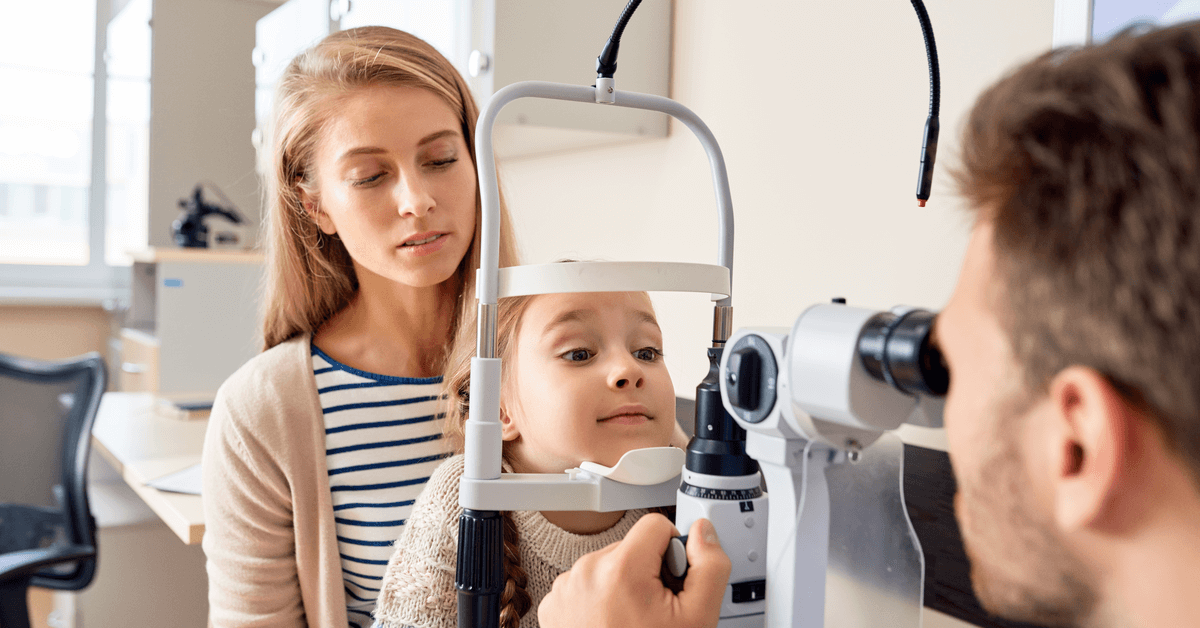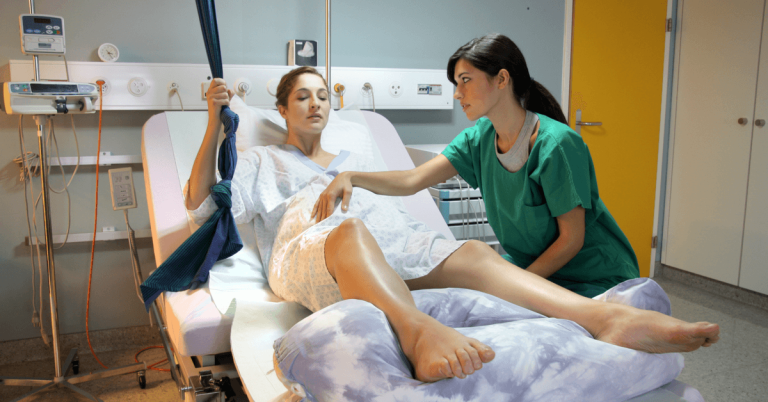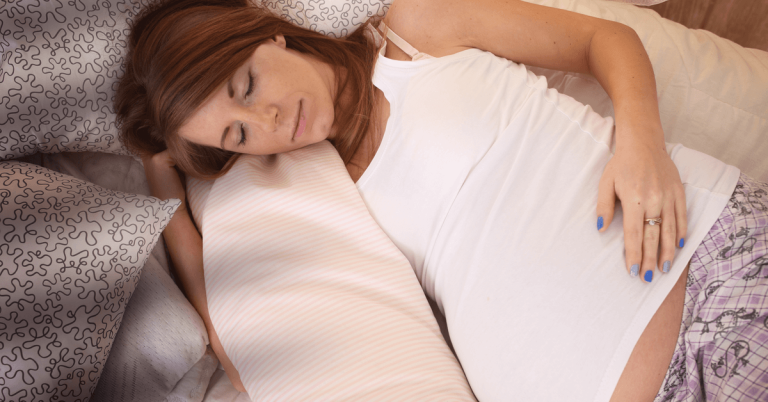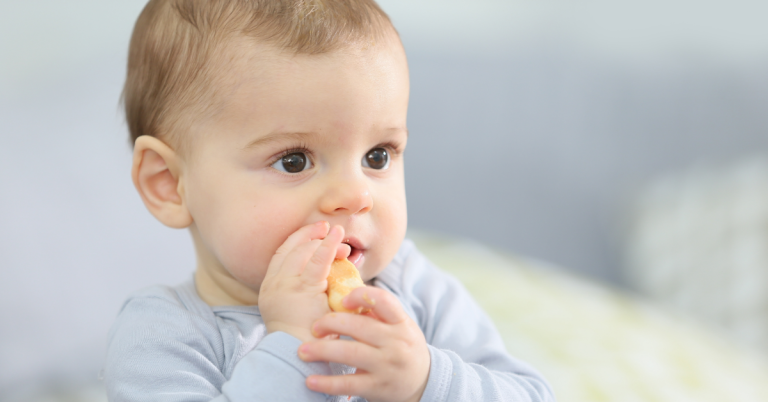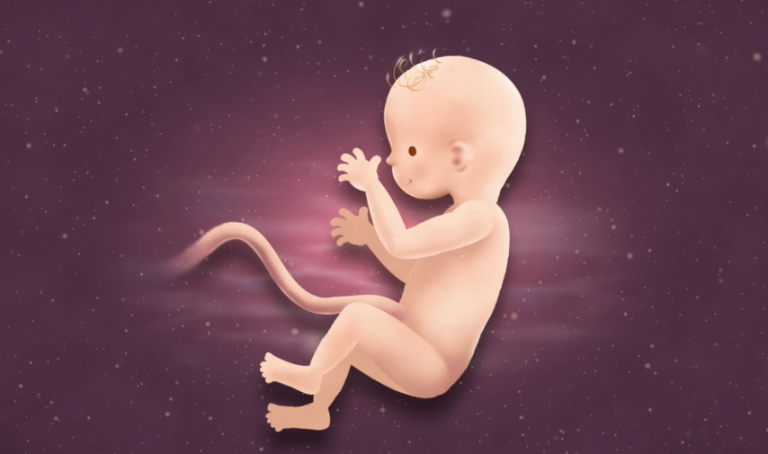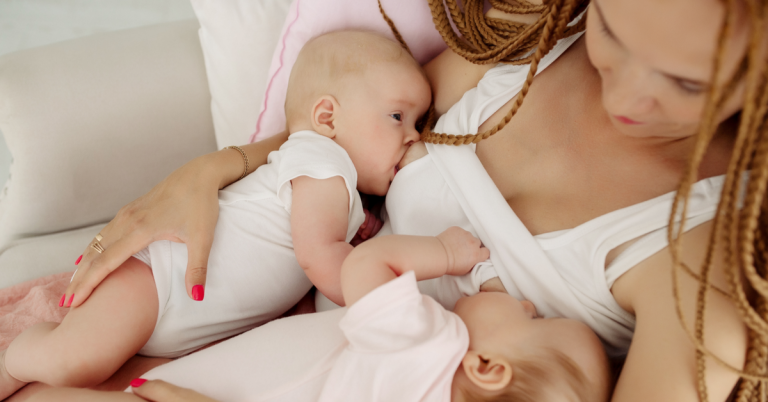While raising your baby in a healthy way, you may miss some problems or think that they are temporary. One of them can be seen as eye problems seen in children. You may find that some children wear glasses at a very young age or have glitches in their eyes. Eye diseases are a health problem that cannot be noticed easily but must be controlled between the ages of 2-4. If your child has such a problem or you want to get more information, continue reading our article!
At What Age Do Children’s Eye Problems Occur?
During the development process that starts in the mother’s womb, the eyesight of the babies has not yet developed. It detects lights and distinguishes between dark and light and can distinguish very close objects. However, full vision begins to settle at 3-4 months of age. In premature babies, as a result of not completing the development yet, later visual function may occur.
In this developmental period, eye tests should be performed and examined from infancy. You may find that very young children use glasses or have problems such as strabismus. Eye problems, which can also develop due to a genetic condition, can be observed in children between the ages of 3-6. Eye check-ups should be done in the first 6 months, 18 months and 3-6 years of age.
When Should the First Inspection Be Done?
Parents who follow the development process from the moment they are born may not immediately notice the eye problems of the little ones. In order to better understand these problems, eye tests should be added to the doctor’s controls. According to a study by experts, it has been revealed that 5% to 15% of children experience eye problems. In children in the percentile, the problems were noticed too late. In cases such as late detection, eye problems may progress, so examinations should be performed between the ages of 2-4 with a regular control. If there is a problem in new-borns or 1-year-old babies, an earlier examination should be performed without interruption.
Eye Problems in Children
Problems such as strabismus, cross-eye and visual disturbances are among the eye problems that can be seen in children. Many problems that you do not realize can develop in your child’s eyes. For this reason, it will be very useful to have information about possible problems.
-
Strabismus
Strabismus is one of the eye problems seen at an early age. It can occur immediately after birth or later.
- One eye is positioned differently from the other (shifted down, up, sideways, or vice versa).
- There may be vision problems in the eye with squint.
- Regression is observed in other developmental areas due to insufficient vision.
- It can be treated if early intervention with surgery or glasses is used.

-
Lazy Eye (Amblyopia)
It occurs as a result of the eye failing to perform its normal vision or seeing less than the other eye. Amblyopia is a condition that requires a doctor’s examination and is difficult for parents to understand at a young age.
- There are problems such as drooping eyelids, strabismus, false focus and cataracts among the causes of lazy eye.
- Do not forget that if your child has eye problems, the probability of experiencing amblyopia may also be high.
- According to experts, lazy eye should be treated until 7-8 years of age.
- Unless treated, lazy eye may progress and cause vision loss.
- It can be treated by closing the healthy eye and allowing the lazy eye to focus on vision. Your doctor may also recommend that you wear glasses.
-
Refraction Problems Myopia and Hyperopia
The light refraction problem of the eye, which is seen at all ages and the inability to see far or near, is a common problem in young ages. Myopia and hyperopia may also be common, depending on the damage caused by devices such as televisions, phones and tablets offered by technology.
- High-grade visual impairments can be reduced using glasses in childhood.
- Your child’s watching TV from a close distance, reading a book close to his eyes, or squinting while looking away may be signs of myopia and hyperopia.
-
Dry Eyes and Congested Eye Canals
Frequent rubbing of children’s eyes, redness of the eyes and watery eyes is a problem associated with infection. However, occlusion of the eye canals is among the eye diseases seen in children. It is a health problem that can be seen in people of all ages and between the ages of 3-7.
- If dry eye pain lasts for a long time, which is generally seen as a short-term problem; it is useful to visit a doctor.
- In this process, necessary operation or treatment with eye drops can be applied.
- Tearing or inflammation does not always indicate clogged eyecanals. Therefore, it is useful to consult your doctor.
-
Cataract
Cataract, which is thought to be a problem encountered only in advanced ages, can also be seen at early ages. Unless intervened at an early age, problems that can go up to blindness can be seen.
- Asymptomsuch as a yellow spot or layer may be seen in the eye.
- Itmay develop depending on the health problems of the mother in the womb.
- Cataractcan be seen in the baby as a result of the mother’s infection or the drugs she uses.
- It should be treated in the first 6 months and up to 2 years of age.Ifthe treatment is delayed, vision loss and disturbances may occur.
Signs That Help You Understand Your Child’s Eye Problems
Understanding eye problems in your child can sometimes be difficult. You can understand eye problems by observing some of your child’s behaviours at home or at school. Symptoms of these problems can be:
- Squinting to see better
- Looking very closely at the screen
- Reading the book by holding it close to your eyes
- Light sensitivity
- Redness in the eyes
- Inflammation and cross-eye (long-term)
- Dry eyes and watery eyes
- Strabismus
If such symptoms are also seen in your child, we recommend that you get help from a doctor with a routine control. Some eye problems show improvement when intervened at an early age. Therefore, you should observe your children well.
Eye problems in children can be observed after birth or between the ages of 2-6. You should take your children to a doctor’s check for vision disorders such as myopia or hyperopia that cannot be understood at home. A visible problem: In case of problems such as strabismus or watery eyes, you should observe your child and take her to the doctor. You should have your child have regular eye check-ups between the ages of 2-4.
Would you like to share your experiences and questions?
Have a nice and healthy day!


